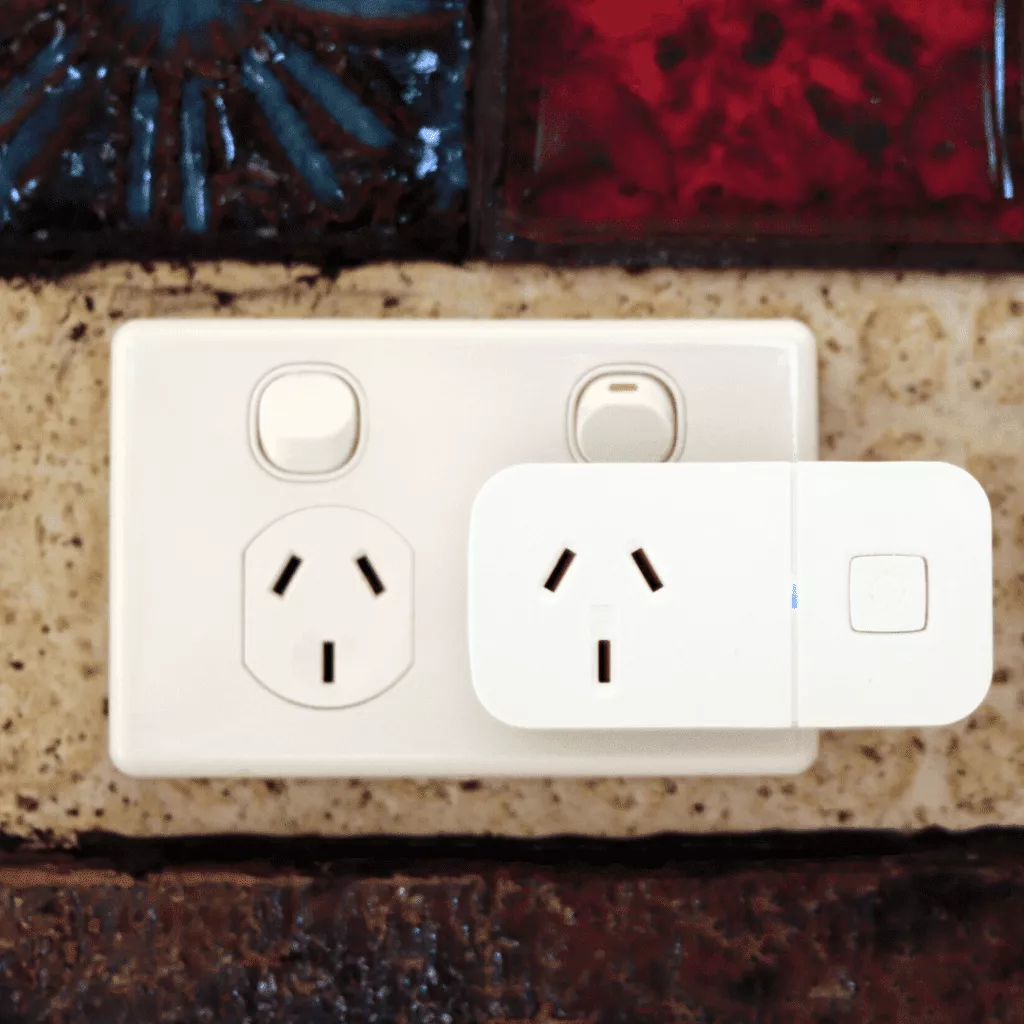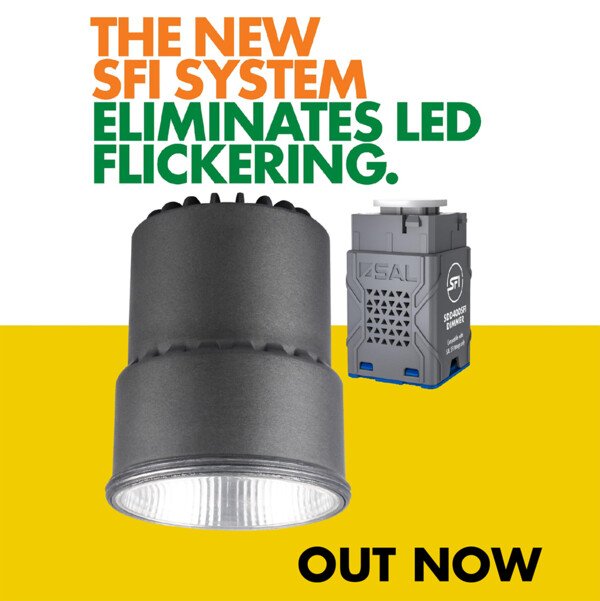Have you ever experienced the discomfort of a light flickering? This article will explain in a simple step by step process of how to stop your LED downlights flickering.
LED lights flickering in Australia is a common occurrence as more people either upgrade their old lighting to LED or install them for energy-saving purposes. LEDs last longer and use less power so they’re an affordable option that will save you time having to fix flickering lights when there’s no issue.
There are a few different ways to fix flickering LED lights, some of which are more expensive or difficult than others. While some solutions to fix flickering LED lights are more straightforward than others, though not every issue can be solved. Here are some possible solutions to fix flickering LED lights.
The first recommendation is to avoid downlight flickering caused by cheap and low-quality LEDs by using high quality light emitting diodes (LEDs) along with an efficient LED dimmer.. What you pay for in terms of quality will typically reflect back at your lighting fixtures. The cheaper and more basic, the less likely they are to function properly or last long enough before needing an upgrade.
Understanding LED Lights flickering in Australia
It is important to understand that the technology of LED lights is very different from that used in traditional incandescent bulbs (halogen), downlights (tungsten) or energy savers (CFL).
This technology difference is likely one of the explanations for why plenty of homeowners have complained about LED lights flickering. Unlike older lighting technologies, LED lights create light through an electronic component called an LED aka a light emitting diode and not via a glowing filament.
It is likely that some flickering was occurring all along but you couldn’t see it due to the . “thermal inertia” within the filament.
Flickering LED Lights
If you are upgrading to LED lights, one of the best ways to stop flickering downlights is to change to an LED dimmer that is compatible with LED downlights. This is one surefire method to cross off your troubleshooting list for flickering LED lights.
Fix LED Lights Flickering Checklist
Understanding the root cause of your LED lights flickering can be difficult. However, we’ve simplified the process of determining the likely cause into three questions to ask yourself and navigate to the solution more quickly.
- Do the LED lights flicker at the same time of day or night, always?
- Do the LED lights flicker when dimmed below a certain level?
- Do the LED lights flicker all the time?
Do the LED lights always flicker at the same time of day or night?
It is known that certain areas in Australia have been experiencing the problem of flickering LED lights. If you find your LED lights are flickering at the same time every evening AND live in NSW or South-east Queensland it is likely that you are experiencing the impact of the off-peak hot water tone injected by electricity suppliers.
All homes will receive the tone through the electricity supply network, regardless of if they have a water heater that needs this signal or not.
This has been an issue for many years and the LED light flickering problem can be solved most of the time, but it is not currently inexpensive or easy to do.
Essentially, your electrician will need to install at least one filter into the electrical board where the connection from the street’s electric supply is made. While there are various manufacturers of devices created to address this problem, NONE of them provide a guarantee that all problems will be remedied. Beyond this, there is nothing else that can be done to fix the issue other than removing dimmers and switches or reverting back to older NON-LED lighting, which may be difficult as many of them are not illegal to sell in Australia.
View this post on Instagram
Using SFI technology is the best option for fixing flickering LED downlights caused by this off-peak hot water signal.
This reliable method will fully resolve the issue, providing a long-term fix.
Do the LED lights flicker when dimmed below a certain level?
If you’re still experiencing flickering LED lights despite not having problem number one or have already fixed it, this is the next question to assess.
If you experience LED light flickering only when you dim them to a certain level, and not when the lights are on at 100%, there are a few possible solutions to fix this issue. We present two possible solutions, of which two of these are an easy fix which you can do yourself as the homeowner, while the other requires the experience and expertise of an electrician.
- If you are using an analogue rotary dimmer, avoid dimming the lights below the level where they flicker.
- If you have a push button dimmer, it is likely that it will have a feature allowing you to set a minimum dim level. The flickering of your lights can be fixed by setting the minimum dim level slightly higher than the point at which they start to flicker. Dimmers like the SAL PIXIE smart dimmer have this function built in.
The solution of a minimum dim level may be acceptable to some, but sometimes the minimum dim level does not meet homeowners’ expectations for the minimum amount of light needed for a space.
A perfect example of this would be in a movie room; you would want the lights dimmed very low so you can navigate the space safely with your family, and also get the best viewing experience because of the lower overhead light level.
In this case, If your LED lights continue to flicker, there are additional troubleshooting steps to take. You will need more information about your LED lights and your LED dimmers which will help you decide on the best solution for you and your needs.
All LED dimmers have a minimum amount of electrical load that is necessary for the dimmer to function properly. The LED dimmer will not work properly unless the minimum load requirement is met. The SAL PIXIE smart dimmer has a minimum load requirement of 2 watts as an example. All LEDs have a power consumption that can be defined in watts. With outdated lamps (light globes), this used to require 75 watts or 100 watts; with Tungsten halogen downlights, this used to require 50w and more recently 25w.
The total power consumed by each lamp and bulb is represented by the wattage.
When using LEDs for residential applications, the number of watts will typically be between 6 and 12 per LED light. So, if you had 4 x 50w halogen downlights before, which equals a total load of 200 watts, and you replace them with LED downlights, you would now have 4 x 10w LED downlights, which equals 40w. This means your total power draw has been reduced by 80%.
It’s clear that LED downlights save both energy and money. That’s why the first recommendation for anyone looking to make the switch is to upgrade their dimmers to LED dimmers, as part of a larger LED lighting upgrade or smarthome update.
As you reduce the brightness of these lights, the load on the dimmer decreases as well. If you dim the lights below the minimum load requirement, it may cause issues.
There is a wide selection of LED downlights on the market that are dimmable to varying degrees. However, it is worth noting that some may not be able to go from 1% to 100% without issues, and others may only be 100% dimmable when used with a specific kind of LED dimmer.
Go back to the first point again – using high quality LED lights and LED dimmers will help you avoid any flickering problems.
There are a range of other issues related to 2 wire dimmers versus 3 wire dimmers; analogue dimmers versus digital dimmers that can impact this as well – but these are not covered here.

Smart Plugs Can Solve the Problem with LED Lights Flickering
Another method of approaching the LED flickering issue is to use wall and table lamps as ambient lighting in your home to sidestep from having to use overhead lighting. This approach is best implemented in living rooms and bedrooms but can be done in other rooms as well.
If you have LED downlights installed as well, maybe they are used as a light source that is not needed as often, but for when you need the most light possible.
In this way, homeowners can still use energy-efficient LED lamps in these table and floor lights. By choosing lamps with the right power output (amount of light) and colour (warm white, cool white etc. or 3k,4k,5k if you understand what that means), they can create the perfect mood without using overhead downlights every day – and therefore avoid the issues of flickering lights when dimmed to a low level.
SAL PIXIE Smart plug is a device that plugs into a normal power outlet and provides the ability to control table and floor lamps on and off from a number of locations with additional benefits, such as:
- Automatic Schedules – With an automatic lighting schedule, your lights turn on and off at the same times every evening and morning so you’ll never have to worry about forgetting to turn your lights off or on and they’ll always be on when you need them.
- The lights in your home can be controlled by mobile apps through the use of smart plugs as part of a smart home installation.
- Lights can be controlled from a wall switch as well. The SAL PIXIE smart home solution has a multifunction wall switch controller which can be synced to control a group of smart plugs. This means that with the press of a button on the wall, you can control a group of 1 or more table and floor lamps.
Installation of the smart multifunction wall switch requires an electrician, but homeowners can install smartplugs without any knowledge of electricity or internet technology. Everything else – syncing, grouping, schedules – can be easily accessed and set up by the homeowner themselves, using Bluetooth mesh or the wall plate button without the need for an in-home-hub.
The SAL PIXIE smart home solution is available as a workaround for those with flickering LED lights. All you need is a mobile phone.

Do the LED Lights Flicker all the time?
If you have LED lights that persistently flicker you will require the assistance of an electrician.
Top 3 things to look for:
- Compatibility between the LED dimmer and the LED lights – If you want your LED lights to work well, you need to make sure that your dimmer is compatible with them too.
- Wiring faults either at the LED dimmer connection or the LED lights.
- Overloaded LED dimmer – Dimmers must have a certain minimum load in order to work properly, and they also have a maximum load rating. If you exceed this maximum load, then the dimmer will overheat and eventually stop working. Not only that, but the flickering of the LED lights can actually end up damaging the lights themselves.
If you have ticked all of these boxes, there is one final potential solution. Sometimes, a load device that is installed onto the line by an electrician is able to ‘smooth out’ the way that dimmers and LED lights operate with each other.
This has been a long-standing practice for many years, and all major dimmer suppliers in Australia sell something similar.
A capacitor, also known as a load bypass device, can be installed by an electrician onto problematic lighting circuits across the neutral and the line. These devices usually cost around $50, though this price may differ depending on the supplier.
A capacitor is needed for each dimmer rather than per light.
If you have followed all the steps in the article and your LED lights are still flickering, then it is possible that you received a bad batch of LED lights.
Try replacing all the lights on a single circuit with LEDs of a different type or replace the dimmer with a different type and see if the flickering continues – it may be due to incompatibilities between the dimmer and the LED lights.
If it does work, you and your electrician will need to decide on the next course of action.



